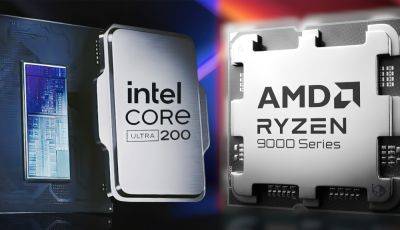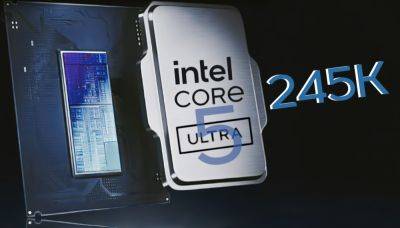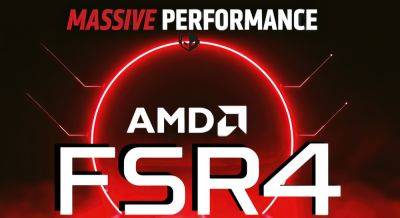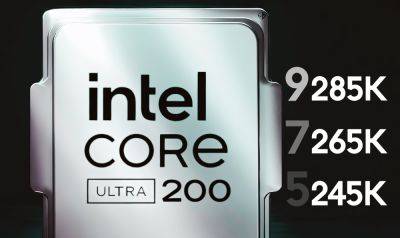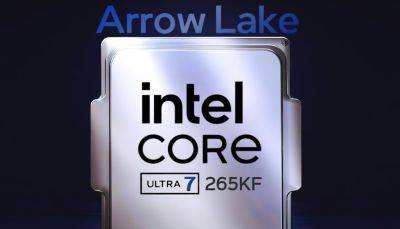Intel Core Ultra 9 285K CPU Benchmarked On ASUS’s Top OC Motherboard, The ROG Maximus Z890 APEX, 14% Faster Than 9950X
ASUS's next-gen ROG Maximus Z890 APEX motherboard has been exposed in new benchmarks of the Intel Core Ultra 9 285K CPU.
Intel's Flagship Arrow Lake CPU, The Core Ultra 9 285K, Benchmarked on ASUS's Top OC Motherboard, The ROG Maximus Z890 APEX
The Intel Core Ultra 9 285K CPU has been tested in various benchmarks over the past couple of weeks and several different motherboards based on the Z890 chipset. The last benchmark was done on an ASUS motherboard but this time, we are looking at tests conducted on the high-end overclocking motherboard from ASUS, the ROG Maximus Z890 APEX, at Geekbench.
Related Story Intel Says Its Upcoming Lunar Lake & Arrow Lake CPUs Won’t Be Affected By Instability Issues Due To New Architecture
Starting with the specifications first, the Intel Core Ultra 9 285K CPU features 24 cores arranged in an 8 P-Core and 16 E-Core configuration with 24 threads. The chip will feature a base clock speed of 3.7 GHz and a boost clock speed of 5.7 GHz. The CPU carries 36 MB of L3 cache and will feature a 125W (PL1) TDP. The CPU also features a max all-core boost of 5.4 GHz for the P-Cores and 4.6 GHz for the E-Cores.
The test platform featured the ASUS ROG Maximus Z890 APEX motherboard which comes with the new LGA 1851 socket and will be the follow-up to the Z790 APEX which has broken tons of records. It supports two memory DIMMs and this particular configuration was running 48 GB of DDR5-7200 memory (dual-channel). The CPU boosted to 5.7 GHz which is its official spec so no overclocking on the CPU is applied in this particular test.
In terms of performance, we once again see strong performance numbers from the Intel Core Ultra 9 285K "Arrow Lake" Desktop CPU. The chip scores 3420 points in single-core and 23,376 points in the multi-core tests. This puts it 2% ahead in single-core and 14% ahead in multi-core versus AMD's Ryzen 9 9950X, & 11-12% ahead of the Core i9-14900K CPU. This is just one benchmark so we can look ahead to even better performance



